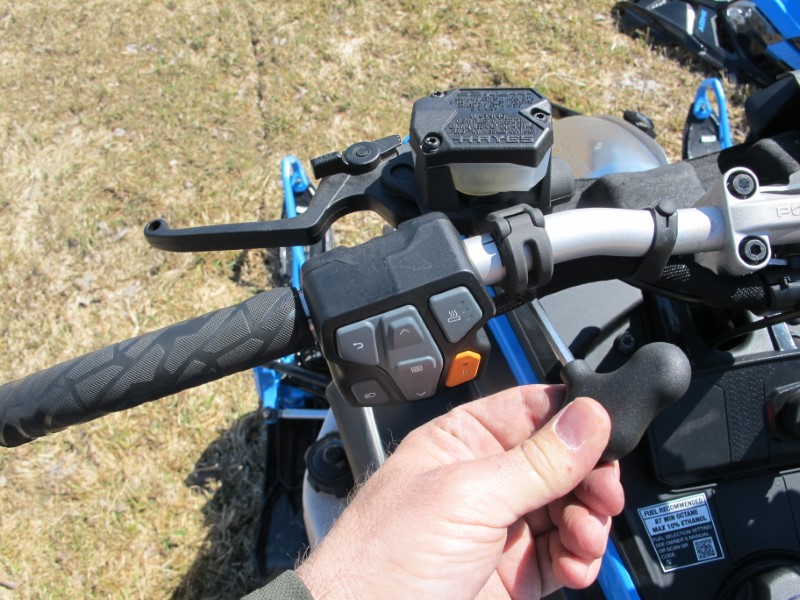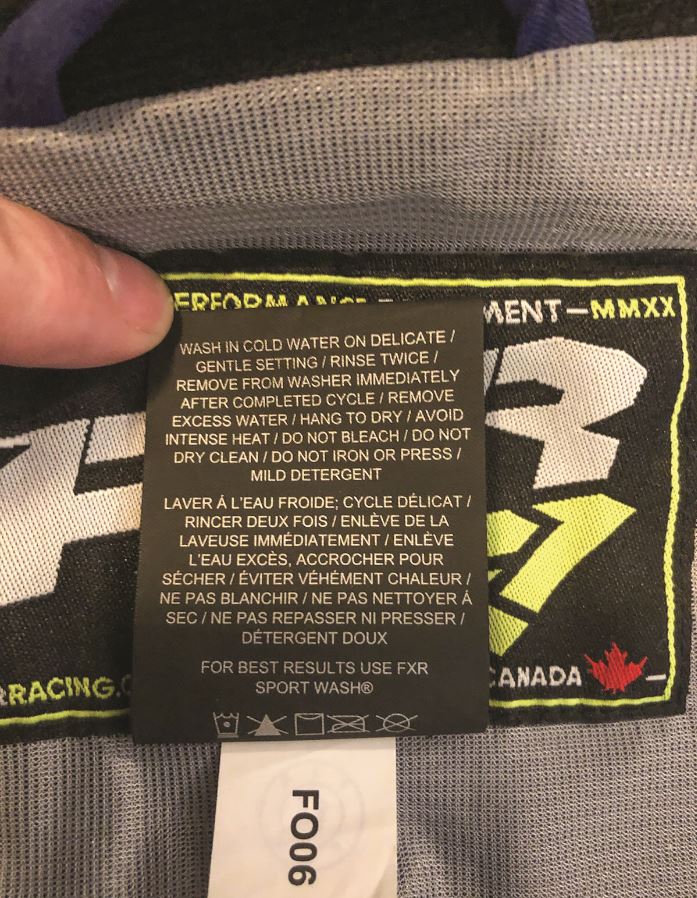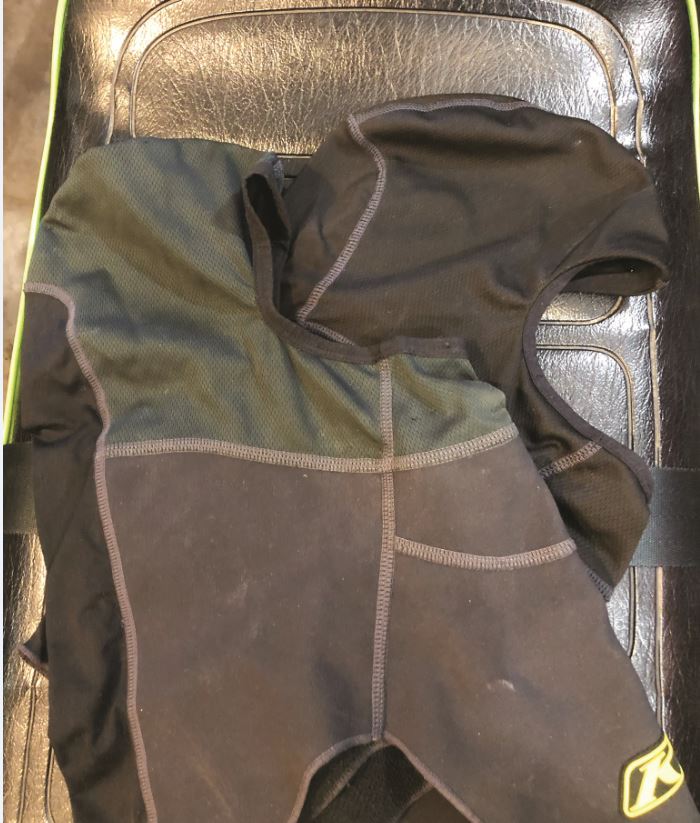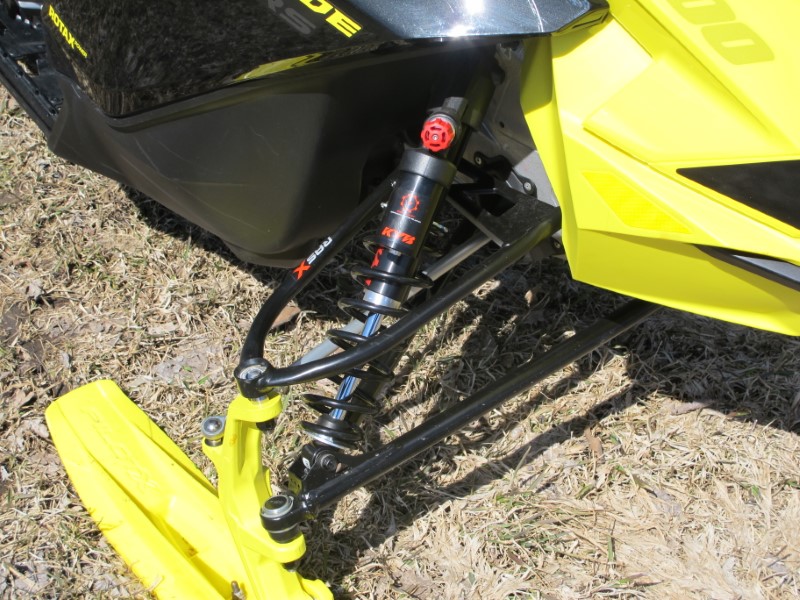
In recent years, the term “life hack” has been bantered around a lot, with all sorts of people showcasing sometimes useful and other times strange ways to get things done. Whether it’s wrapping your shower head in a vinegar-filled bag to cut hard water deposits (which actually works) or wrapping a finger in a banana peel to help extract a sliver (huh?), a Google search on the term “life hacks” will turn up a veritable smorgasbord of bizarre concepts.
Long before they were known as “hacks,” however, veteran snowmobilers were coming up with smart but unofficial ways to get things done. Typically, these sorts of things aren’t listed in an owner’s manual or taught in a youth snowmobile safety certification class. Instead, they are spread organically from snowmobiler to snowmobiler.
To create our list, we sent a note out to a couple dozen snowmobile industry insiders and magazine contributors, telling them we were looking for tips and tricks they’ve learned that make snowmobiling life better. We told them to leave out the obvious (for example, leaning in turns or checking your hyfax, etc.) and that we didn’t want to turn this into a safety lecture (like carrying a beacon, shovel and probe when riding in the mountains). Instead, we wanted to focus on “hacks.”
That team came up with a list of 36 snowmobile life hacks that appeared in the February 2023 issue of Snow Goer magazine. Here are the first 10 that were listed: We’ll add some more to the website in future posts.
Maintain That Zipper
Whether on a jacket, a set of bibs or even a gear bag, a clunky zipper can be frustrating. But it’s amazing how many times we’ve seen people either (1) put up with it or (2) replace an item because the zipper is clunky. Rubbing wax, Chapstick, a dab of petroleum jelly or even a pencil lead on the teeth will work wonders. Zipper teeth can also be straightened with pliers.
Remember, Heat Rises
When riding on consecutive days, putting on a still-damp pair of boots or headsock in the morning can be uncomfortable, and that trapped moisture can make your entire next day miserable. Beyond using boot dryers or hair dryers, here’s a simple little tip: Place damp items as high as possible. It’s incredible how much better a set of boots, a helmet, a headsock or whatever will dry if simply placed on top of the dresser in the hotel room rather than being left on the floor.

Clean Up Your Act
Some longtime riders we know are reluctant to wash their jacket and bibs, thinking it’ll somehow make their gear less warm or waterproof. The opposite is true. Washing your gear often rejuvenates it. Just follow the instructions in the tiny type of the tag on the inside.
The Right Undies
Pros in the athletic clothing industry – from skiing to snowmobiling, running equipment to hunting/camping gear – all agree on the edict that “cotton is rotten” when it’s close to your skin because it traps moisture against your body. Yet a large percentage of snowmobilers still wear cotton socks, cotton long underwear or even a cotton T-shirt as a base layer. Don’t. You’ll be amazed at how much lighter you can dress if you start with a proper, somewhat tight-fitting base layer, then a warmer mid layer under your jacket and bibs.

Have Seconds
Having a second, dry head sock to put on after lunch or dinner during a day-long snowmobile adventure can make you the envy of your friends. While they’re putting back on that swampy, half-frozen headsock with exhaled moisture or goo from their nose, you pull out head sock No. 2 and ride in comfort. A second set of gloves can be just as vital.
Don’t Be A Hothead
Limited vision caused by fogged goggles or face shields can ruin a day of snowmobiling. For goggles, one key is to keep the inside of your helmet and the goggle foam from getting moist. That includes regulating your body heat, wearing the proper head sock/balaclava and taking great care when you take off your helmet and goggles to make sure they don’t fill with snow. One tip we learned from Polaris ambassador Dan Adams: Practice breathing down, with an overbite. If you have a heated visor, carrying a second cord is a good plan.
Visit A Hydration Station
Do many of your snowmobile days end with a dull headache? You could be slightly dehydrated. Snowmobiling uses energy, and that burns water out of your system. What are you doing to replace it? Carrying water with you is a great idea, but at the very least having a tall glass of water or two if/when you stop for lunch can make a big difference. If carrying water in on-board storage or a backpack, consider its location (to prevent freezing) and the durability of the type of bottle you’re carrying. Some cheap bottled water comes with flimsy caps that can easily break off. You’ll not only lose your water but also soak whatever else you have in that same storage location. For instance, we don’t necessarily prefer the taste of Dasani bottled water, but it’s our choice when buying a bottle at at a gas stop when snowmobiling because of its sturdy bottle and cap.

Less Is More
If your snowmobile comes with multi-position “clicker” shocks to control compression rates, don’t be afraid to turn the knobs to learn how they work.
Some quick tips: (1) If the shocks come with 20-some-odd positions, move them four or five positions at a time – even pro racers can’t tell the difference between one or two clicks; (2) Remember the shocks’ purpose is to absorb energy, so you’ve got to let the suspension system move. Far too many people who turn their clickers (especially testosterone-driven guys!) crank them up high, thinking they’re the toughest hombre in town so they need their clickers stiff, but then their ride quality suffers mightily. Start low and work your way up, not the other way around.
Ergonomics Matter
The positions of the throttle lever and brake handle relative to handlebar are easily adjustable, and so is the rotation of that bar relative to the riser block, but far too few people adjust their snowmobiles to their needs. It’s amazing how much less stress will be input into your hands, wrists, elbows and shoulders by doing something as simple as backing out a single screw, rotating a block a couple of inches and then retightening that screw. One clue: Riders who stand a lot will likely find the brake lever to be more comfortable if it’s rotated more forward and down than always-seated riders due to the wrist position in each posture.
Duct Tape Fixes All
Most folks know that strong duct tape is one of the handiest items a person can have when a quick-fix is needed, but you can’t use it if you don’t have it with you. We always carry a 4- to 5-foot-long piece of duct tape in our TekVest pocket, neatly folded over onto itself into about a 3-inch square. Many stores also sell already-folded duct tape squares. Each winter, several things happen along a ride where we’ve got to unfold a section of our duct tape and tear it off to help a friend in need. It can be used to close helmet vents, as an impromptu bandage, to secure wires and much, much more.
Editor’s Note: Every Snow Goer issue includes in-depth sled reports and comparisons, aftermarket gear and accessories reviews, riding destination articles, do-it-yourself repair information, snowmobile technology and more. Subscribe to Snow Goer now to receive print and/or digital issues.
